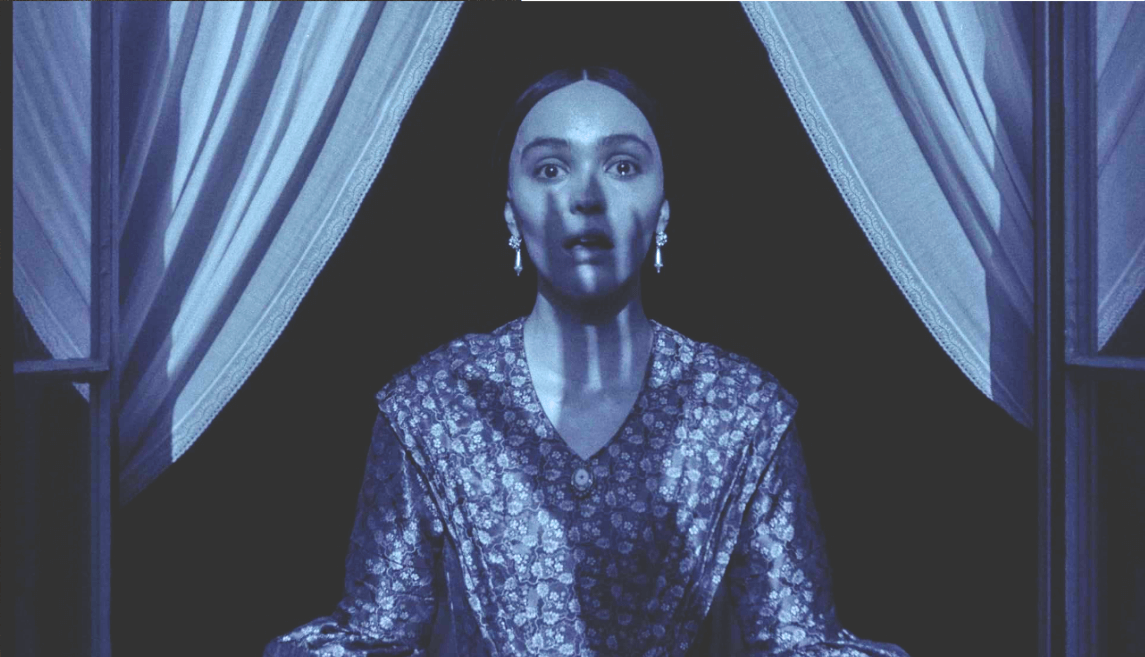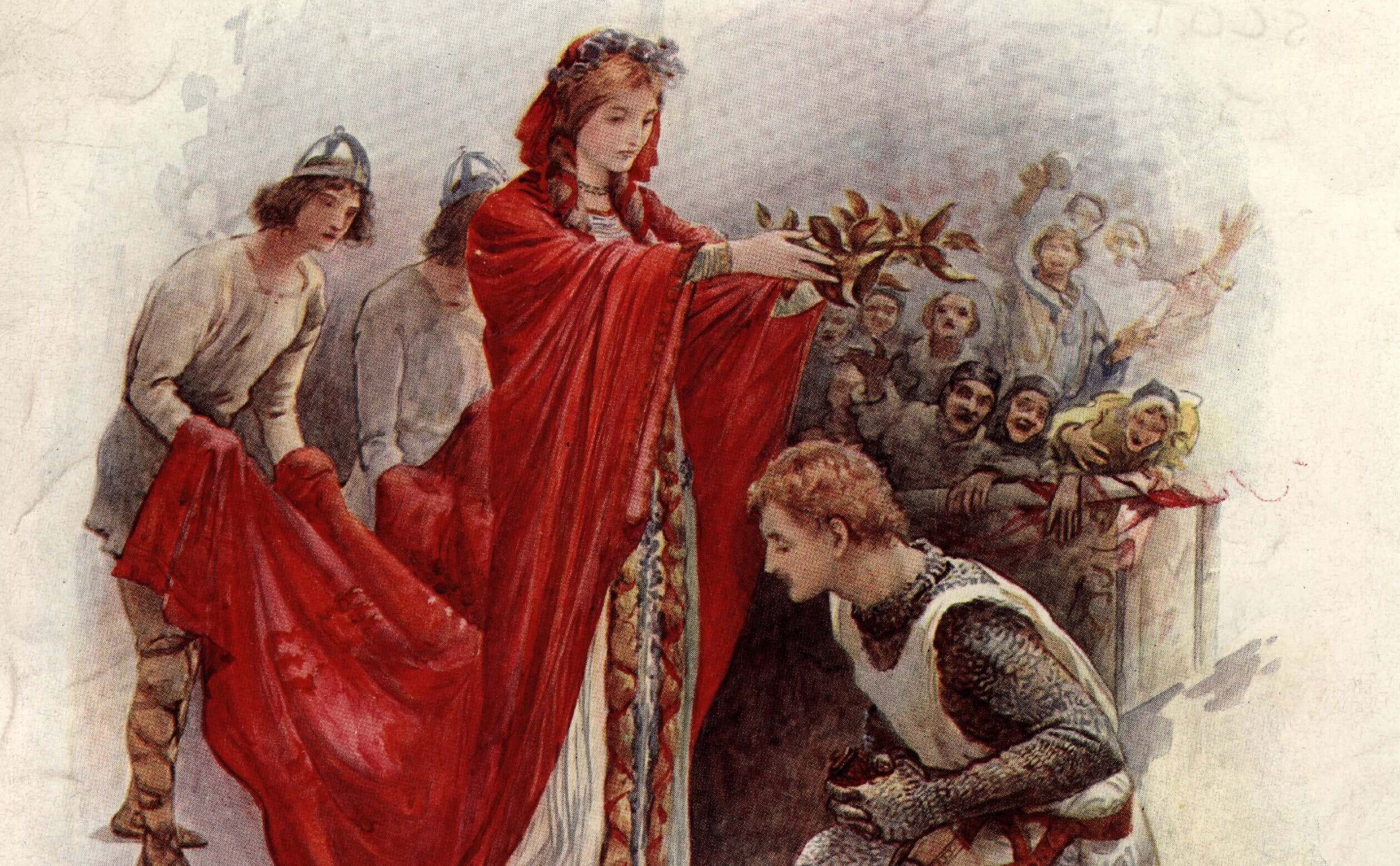George Whitefield:
America’s Spiritual Founding Father
By Thomas S. Kidd
(New Haven, CT: Yale University Press, 2014)
George Whitefield, the English evangelist who put the “great” in the First Great Awakening, was a series of paradoxes. One of the first Protestant ministers to make a career of itinerant preaching, Whitefield was ordained a priest in the Church of England. An Englishman who graduated from a bastion of English privilege, Oxford University, Whitefield’s greatest appeal was to the ordinary man and woman in North America’s British colonies. A preacher who popularized an insistence on the conversion experience as essential to true Christianity, Whitefield was lifelong friend of Ben Franklin, who reduced Christianity to a laundry list of virtues. A citizen of the United Kingdom, Whitefield was America’s first celebrity, whose fame was an initial ingredient in an emerging national self-consciousness.
Perhaps the greatest paradox of all is Whitefield’s legacy. Arguably the first preacher and promoter of the born-again experience on an unprecedented scale, Whitefield’s reputation is confined largely to histories of eighteenth-century Protestantism. Although he clearly embodied the recent fad of Calvinism among evangelical Protestant millennials, which Time magazine in 2009 dubbed one of the top ten ideas “changing the world,” the teens and young adults who flocked to the New Calvinism’s conferences put on their T-shirts not George Whitefield but Jonathan Edwards.
Is it the case that Whitefield is one more instance of a celebrity who teaches lessons about the short shelf life of fame? As the first to create and refine the sensation of large mass meetings designed to generate heightened experiences of grace—also known as revivals—Whitefield blazed the so-called saw-dust trail that subsequent American evangelists such as Charles Finney, Dwight L. Moody, Billy Sunday, and Billy Graham walked. For that reason, evangelical Protestants would be a natural constituency to keep Whitefield’s contributions alive. Other Protestants, both mainline and churchly, would be more likely to identify with Whitefield’s critics, who faulted the evangelist for promoting an enthusiastic faith that undermined attachments to received patterns of church life.
For historians of the North American British colonies, Whitefield stands out as the most popular figure of the colonial awakenings, but his influence beyond these religious events are negligible. Perhaps the greatest indication of Whitefield’s stature in colonial America was the curiosity of Patriot soldiers in 1775 led by the future turncoat, Benedict Arnold, raiding Whitefield’s tomb in Newburyport to obtain pieces of his clothes in hopes of obtaining divine favor in upcoming battles. The failure of the Quebec campaign may have taught the Protestant soldiers to leave relics to Roman Catholics. But beyond those who fought for American independence, Whitefield’s body of work has not provided an obvious storehouse of lessons or wisdom for even those who identified with the evangelists’ brand of Protestant piety.
Thomas Kidd’s new biography does not attempt to explain Whitefield’s failure to inspire Protestants beyond his life, but it may provide clues to answering the riddle. Whitefield was born in 1714 in Gloucester, England, the seventh child of innkeepers. His father, Thomas, died when Whitefield was only two. His mother, Elizabeth, understood that education was important if her children were to succeed, and she enrolled Whitefield at a local school for a formal education where he showed a knack for public speaking and acting. Although the family had limited means, Whitefield enrolled at Oxford University as a servitor. In return for not having to pay tuition, he served students of a higher rank, work that included everything from taking out the garbage to helping with academic assignments.
At Oxford Whitefield joined the Holy Club, which included John and Charles Wesley, and was the setting for a band of students in pursuit of a life dedicated to godliness. Such endeavors eventually produced a conversion experience that in 1735 also corresponded with the final days of an intense Lenten fast; Whitefield may have eventually promoted a personal piety that eschewed liturgical and ecclesial means of devotion, but early on the Wesleys and Whitefield employed whatever means available—including Anglican practices—in the pursuit of holiness. A year later Whitefield was ordained, and for a year or so he filled local pulpits and began to acquire fame as a gifted preacher. By 1737 he was a passenger on a ship headed for Savannah, Georgia, in response to an invitation from John Wesley to assist in a Methodist mission in the newly established British colony.
That voyage turned out to be decisive for the course of Whitefield’s life and influence. Although Whitefield became the most popular and famous preacher of his day in the English-speaking world, travel was arguably the defining feature of his career. The Anglican priest was by all measures a remarkable speaker. Ben Franklin’s account of Whitefield’s preaching and fund-raising in downtown Philadelphia is the stuff of legend—one listener who knew of Whitefield’s persuasiveness left all his money at home only to have to borrow money from the person next to him when the evangelist made his pitch.
But just as characteristic of Whitefield’s career was his itinerancy. He never ministered in one place but instead traveled throughout his entire life, both in North America and the in United Kingdom. In all he crossed the Atlantic thirteen times (death prevented the return leg of a seventh round trip), a remarkable feat in a day when transatlantic voyages were by no means routine. Once on dry land, Whitefield traveled extensively by buggy or horseback to preach more than fourteen thousand times for thirty-three years in settings as diverse as chapels, cathedrals, city street intersections, and farm fields.
Whitefield’s career was physically a feat that has rarely if ever been rivaled. In addition to the strength and health required to endure such a regimen, an evangelist needed a voice (and supporting body parts) that would not go hoarse and that could be heard by thousands (often outside) without amplification. Franklin estimated that Whitefield’s Philadelphia audience one night was upward of ten thousand. Aside from the potentially startling assertions Whitefield made about conversion and the threats he issued to nominal Christians, his very presence was a phenomenon. Whitefield, it should be added, was not bashful about his abilities but set precedents for all later revivalists by using the publicity of newspapers, magazines, and even the publication of his journals to generate a following. Here Whitefield’s friendship with the printer and editor Franklin was good business for both.
But as is the case with most celebrities, fame fades like the flowers and the grass. Unless celebrities find a way to maintain their presence before the public—in an age of mass communication the means for celebrity preservation today are more widely available—they recede from public awareness and memory. To the extent that we remember Whitefield today, he is firmly part of the so-called First Great Awakening, the person whose travels took what were isolated local revivals and turned them into a transatlantic phenomenon. Some readers in Scotland and England knew about the revivals that in 1735 Jonathan Edwards had led thanks to Whitefield’s publishing an account of that awakening. But Whitefield’s travels and the publicity that attended them generated an awareness and excitement about a perceived work of God to a much wider audience.
By working as an itinerant his entire life, Whitefield was able to maintain his popularity, in contrast to his successor, Charles Finney, who led revivals for roughly a decade before settling down in Oberlin, Ohio, as a college professor of moral philosophy. Once Whitefield died, however, he lacked the means for preserving his influence since his career was bound up with itinerant preaching.
This explains in part why Kidd struggles to determine Whitefield’s significance. He acknowledges that “John Wesley left a greater organizational legacy, and his ally Jonathan Edwards made a more significant theological contribution” than did Whitefield. In other words, two ways a person’s work survives their death is through institutions—for Wesley, Methodism—and thought—for Edwards, his voluminous writings. But Whitefield left neither, and the impression that Kidd’s book gives is that the evangelist’s nomadic existence prevented him from staying put long enough to found an institution or craft reflection that could endure.
This is not Kidd’s final verdict, to be sure. As someone who is both an evangelical and a research-university based historian, Kidd hopes to bridge the gap in Whitefield studies between hagiographical and skeptical accounts. True to his own evangelical Protestant sympathies, Kidd contends that Whitefield was “the key figure in the first generation of Anglo-American evangelical Christianity.” His conclusion follows directly from his premise: Whitefield linked a fledgling religious movement through his travels, preaching, and publicity. “Without him,” Kidd writes, “Anglo-American evangelicalism would have hardly represented a coherent movement.”
Kidd’s conclusion has merit but overreaches. To be sure, Whitefield became the cynosure within a constellation of zealous and introspective eighteenth-century English-speaking Protestants who questioned the adequacy of churches patronized by civil authorities to nurture genuine Christian devotion. As the most famous of the promoters of the new Protestant piety, Whitefield was the banner under which pastors and laity alike could rally. But whether his followers and admirers amounted to a coherent religious movement is simply an assertion.
The very comparison Kidd makes of Whitefield to Wesley and Edwards suggests a different measure for coherence. Did Whitefield’s followers achieve organizational coherence? Did formal membership in Whitefield’s movement (or in born-again Protestantism) matter and were there costs for veering from institutional disciplines? Or did Whitefield’s followers achieve intellectual coherence? Did a theological orthodoxy emerge that determined the boundaries of belonging to the movement?
Kidd’s volume does not provide sufficient evidence to answer these questions in the affirmative. In fact, the history of evangelicalism after Whitefield’s death, the narrative that runs through Finney, Moody, Sunday, and Graham, is hardly one of a firm personal or institutional identity. Instead, evangelicalism has always been a vehicle for discontentment within denominational traditions but has itself never offered an alternative to the coherence of Protestantism’s different versions—from Wesleyanism to Lutheranism. Whitefield was emblematic of that discontent for a generation or two of eighteenth-century British Protestants on both sides of the Atlantic. But the very attributes that made him famous—his travels and physical qualities—prevented Whitefield’s legacy from reaching much beyond the eighteenth century. Had Kidd wrestled with this tension, his useful biography might have provided genuine insights into the evangelical movement with which he identifies. ♦
D. G. Hart teaches history at Hillsdale College and is the author of The Skeptical Life and Religious Times of H. L. Mencken (forthcoming).














